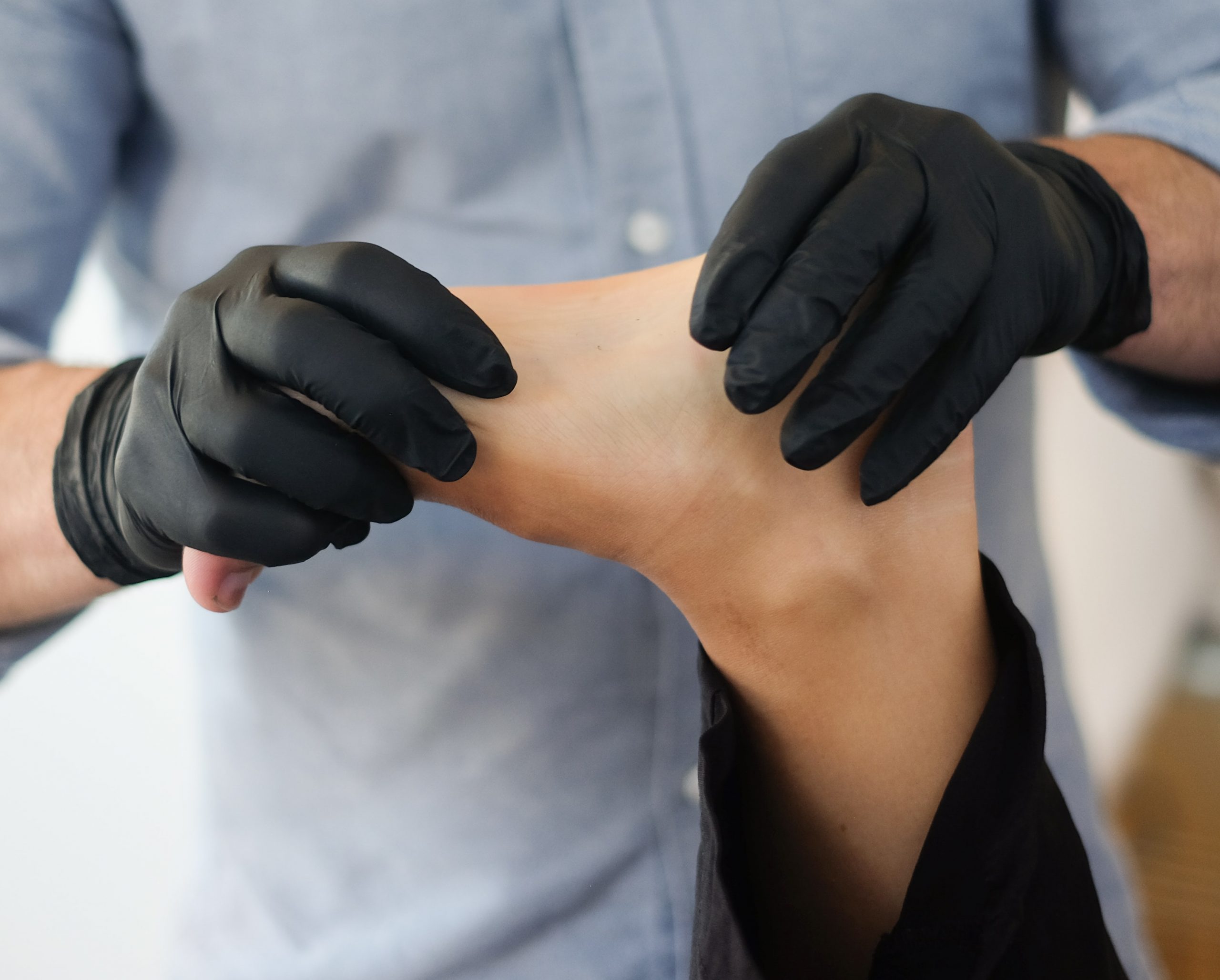Every month we will be covering common conditions relating to specific joints or body areas for our weekly Teaching Tuesdays. For the next couple of weeks we will be focusing on the ankle joint and for this week specifically, ankle sprains.
Ankle sprains can occur when you roll, twist or turn your ankle in an awkward way. Ligaments attach bone to bone and help to stabilize the joints, preventing excessive range of movement. An ankle sprain is caused when the ligaments are forced beyond their normal range of motion and leads to stretching or tearing of these ligaments. Most sprained ankles involve injuries to the ligaments on the outer side of the ankle.
The ankle joint is the body part that is second-most likely to be injured in sport. Re-occurrence of an ankle injury is very common and is usually the result of poor rehabilitation.
Patients usually present with the following signs and symptoms:
- Pain, especially when you bear weight on the affected foot
- Tenderness, swelling and bruising around the ankle
- Restricted range of motion
- Instability in the ankle
Ankle injuries can be classified into the following grades:
Grade 1 Sprain (Mild)
- Slight stretching and microscopic tearing of the ligament fibers
- Mild tenderness and swelling around the ankle with little impact on function
Grade 2 Sprain (Moderate)
- Partial tearing of the ligament
- Moderate tenderness and swelling around the ankle
- Reduced proprioception, range of movement and instability
Grade 3 Sprain (Severe)
- Complete tear of the ligament
- Significant tenderness and swelling around the ankle
- High loss of function and marked instability
Treatment:
Many people are familiar with the RICE/PRICE protocol. However, lately there has been a change to these guidelines. It is now recommended to use the PEACE and LOVE guidelines for acute soft tissue injuries.
Physiotherapy can further help with reducing swelling, pain and improving function while promoting healing of the tissues.
The following tips can help you prevent a sprained ankle or a recurring sprain:
Warm up before you exercise or play sports.
Be careful when walking, running or working on an uneven surface.
Wear shoes that fit well and are made for your activity.
Minimize wearing high-heeled shoes.
Don’t play sports or participate in activities for which you are not conditioned.
Maintain good muscle strength and flexibility.
Practice stability training, including balance exercises.



